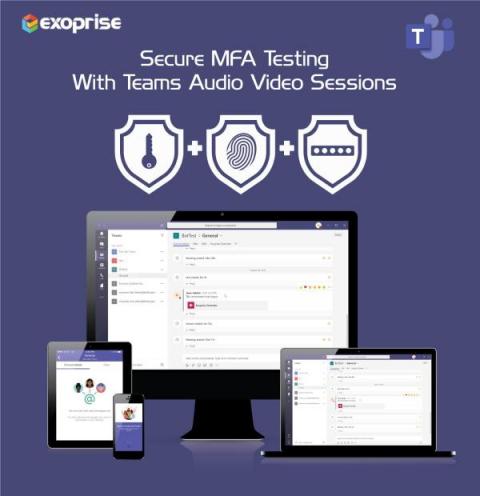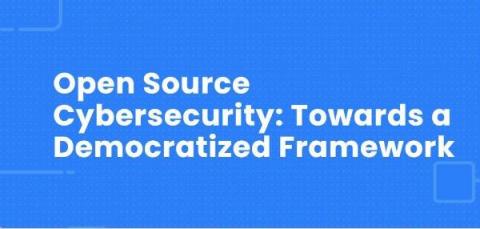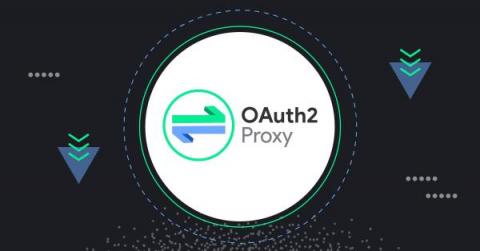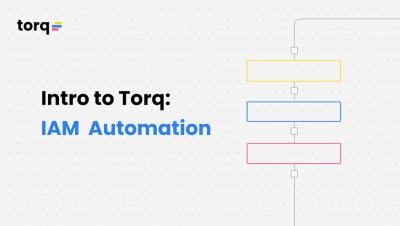How to Test Multi-Factor Authentication for Microsoft Teams
Our last blog introduced Multi-Factor Authentication (MFA) for synthetics and discussed how MFA works. Most of our customers use Microsoft Teams as their Go-To messaging and collaboration application. So in today’s article I will show you how to deploy the Teams Audio Video sensor in your environment with an MFA configuration. This will enable testing MFA while at the same time testing the performance of a Teams audio video conference.











